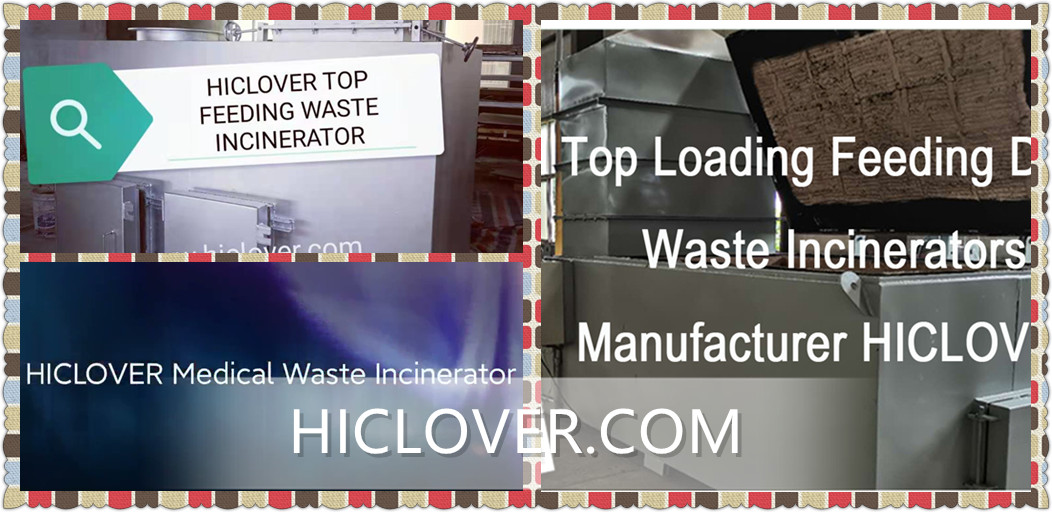The Ultimate Guide to Implementing Incineration SOPs in Your Facility- incineration sop pdf

Implementing incineration standard operating procedures (SOPs) in your facility is crucial for ensuring the safe and efficient disposal of waste materials. Whether you work in a healthcare facility, laboratory, or industrial plant, having clear guidelines for incineration procedures is essential to minimize risks and comply with regulations.
Here is the ultimate guide to implementing incineration SOPs in your facility:
1. Understand the regulations: Before implementing any incineration SOPs, it is important to familiarize yourself with local, state, and federal regulations governing waste incineration. This will help you ensure that your facility is compliant with all legal requirements and avoid fines or penalties.
2. Identify the types of waste: Different types of waste require different incineration processes. Identify the types of waste generated in your facility and categorize them accordingly. Hazardous waste, medical waste, and pharmaceutical waste all have specific requirements for disposal, so it is important to understand the best practices for each.
3. Create a detailed SOP: Develop a comprehensive SOP for incineration that outlines step-by-step procedures for handling and disposing of waste materials. Include information on waste segregation, container labeling, loading procedures, and safety precautions. Make sure to involve key stakeholders in the development of the SOP to ensure all perspectives are considered.
4. Provide training: Once the SOP is finalized, provide training to all staff members involved in the incineration process. Make sure everyone understands their roles and responsibilities and is aware of the potential risks associated with incineration. Regular training sessions can help ensure that all staff members are up to date on the latest procedures and safety protocols.
5. Maintain equipment: Regular maintenance of incineration equipment is essential for ensuring safe and efficient operation. Develop a schedule for inspections, repairs, and equipment upgrades to prevent downtime and minimize the risk of accidents. Keep detailed records of all maintenance activities to demonstrate compliance with regulations.
6. Monitor and track waste disposal: Implement a tracking system to monitor the quantity and type of waste being incinerated. Keep detailed records of waste disposal activities, including the date and time of incineration, the type of waste, and the disposal method used. This information can be useful for regulatory compliance and auditing purposes.
7. Conduct regular audits: Regular audits of your incineration processes can help identify potential areas for improvement and ensure compliance with regulations. Review your SOPs, training programs, and equipment maintenance procedures to identify any gaps or weaknesses. Make adjustments as needed to improve the efficiency and safety of your incineration operations.
By following these guidelines, you can ensure that your facility is operating in compliance with regulations and safely disposing of waste materials through incineration. A well-developed SOP, thorough training, and regular monitoring can help mitigate risks and protect the health and safety of your staff and the environment.